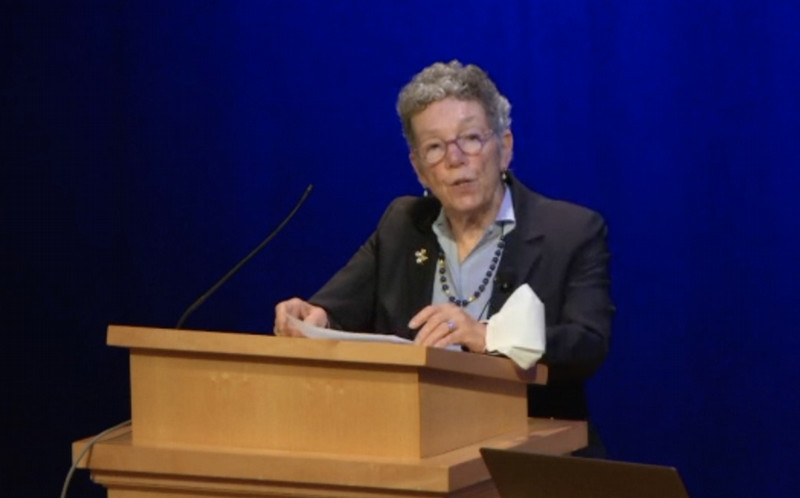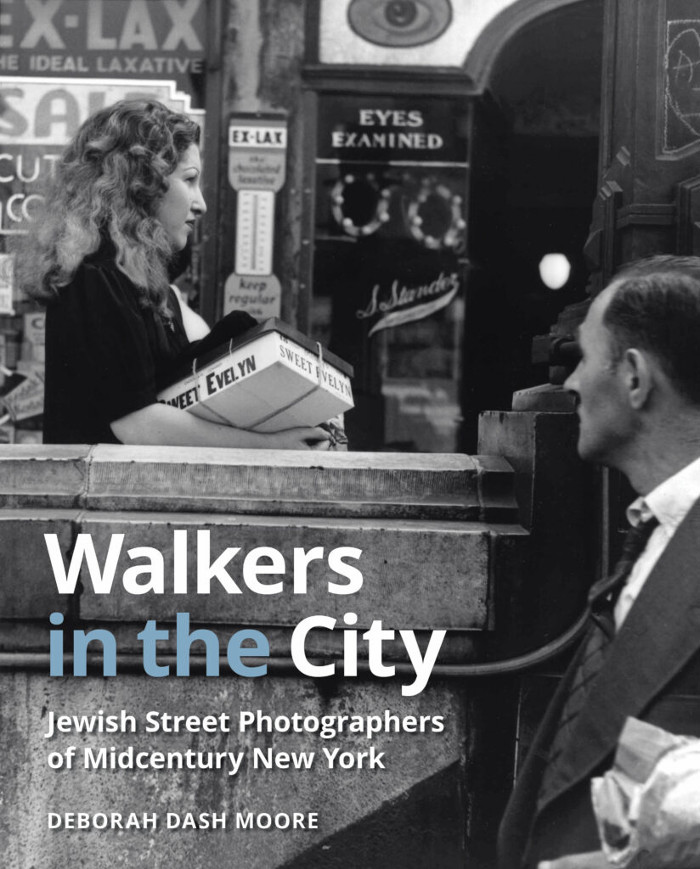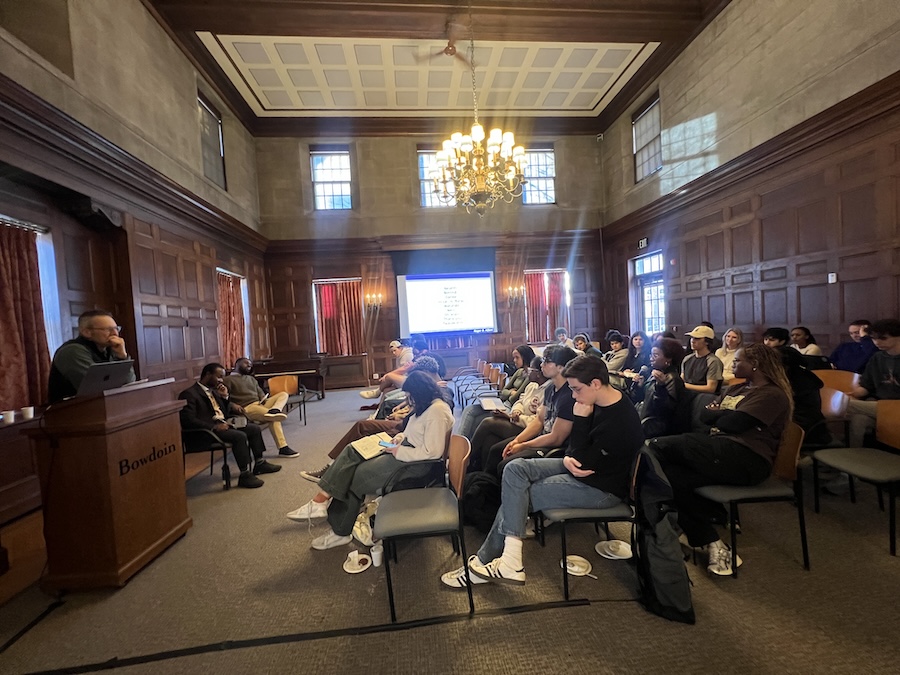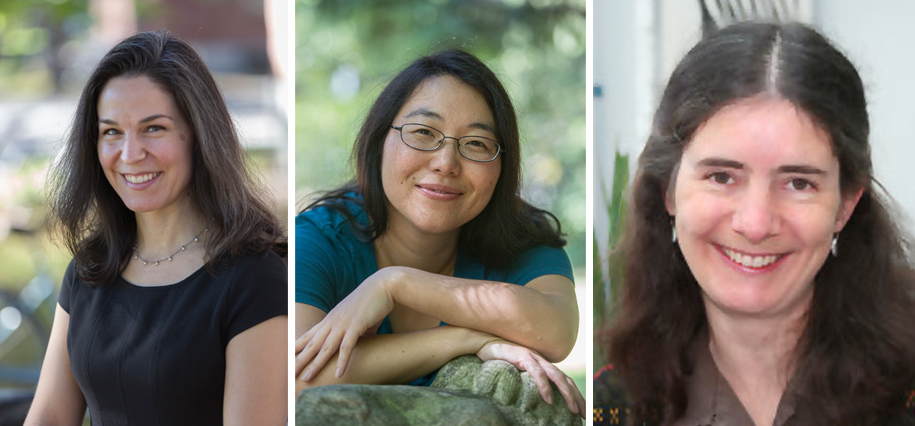Spindel Lecture Explores a Street-Level Photographic Archive
By Tom PorterThis year’s Harry Spindel Memorial Lecture featured historian Deborah Dash Moore discussing her latest book, Walkers in the City: Jewish Street Photographers of Midcentury New York (Cornell University Press, 2023).

As cameras became smaller, lighter, and better, the impact on street photography was notable, said Dash Moore, the Frederick G. L. Huetwell Professor of History and Professor of Judaic Studies at the University of Michigan.
A specialist in urban Jewish history, she has turned her attention to the impact of photography, particularly the ways in which young Jewish New Yorkers were able to capture poignant images of everyday life in the middle years of the twentieth century.
These street photographers were mostly working-class Jewish Americans and the children of immigrants. “They grew up in New York and attended its public schools where they spoke English, although many also picked up some Yiddish,” explained Dash Moore. Most of them came of age in mixed neighborhoods of Jews and Catholics in Brooklyn, the Bronx, and upper Manhattan, “but since Jewish kids went to public school and many Catholic children attended parochial school, these religiously different children primarily encountered each other on the streets,” she explained, and these streets had their own rhythms.
These kids “played on the sidewalks and made their way around town on foot and by public transit. They learned to walk the blocks while conscious of who was behind them, who was hanging out in that doorway, who was approaching. They could interpret gesture and dress, swagger and style. Urban living fostered an awareness of people and place,” said Dash Moore.
Many of these children became photographers, she added, embracing the possibilities of this evolving art form. “A camera's basic documentary potential presented an intrepid New Yorker with a world of challenges: how to see, how to review the street and make sense of its traditions and its occasional outbursts of chaos. With their urban smarts and small cameras,” said Dash Moore, “these aspiring photographers learned to roam safely and productively.
As they grew older, they opted to ride the elevated and subway trains beyond their local blocks to explore other neighborhoods across the city. In summertime, some brought their cameras to the beaches,” she added.

Dash Moore went on to discuss a number of photographers, and samples of their work, in depth. These included Morris Engel (1918–2005) and his 1938 photograph Sweet Evelyn, which is also the image used on the cover of her book (see left). Taken on New York City’s East Side, the work captures a middle-aged man descending into the subway, openly staring at a younger woman who is walking on the street and seemingly unaware she is being watched. Both subjects also seem oblivious to the fact they’re being photographed.
“Sweet Evelyn presents an artist’s unposed photograph,” said Dash Moore, “the type of picture valued by Jewish street photographers.” The image, she said, “captures the dense network of looks given and taken, a circulation of attention characteristic of city streets. It also dramatically portrays the freedom white men possessed to stare at women”—a practice, she added, “that legitimated the dominance of masculinity, whiteness, and heterosexuality.”
Like many great photographers, said Dash Moore, Engel was often able to put himself at the right place at the right time, “repeatedly harness[ing] luck and pluck, patience and skill.”
The Harry Spindel Memorial Lectureship was established in 1977 to support annual lectures in Judaic studies or contemporary Jewish affairs. The fund has celebrated Jewish culture and identity through lectures, music, photography, and film.



